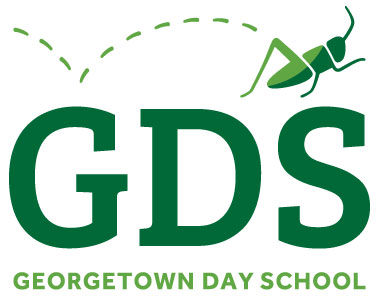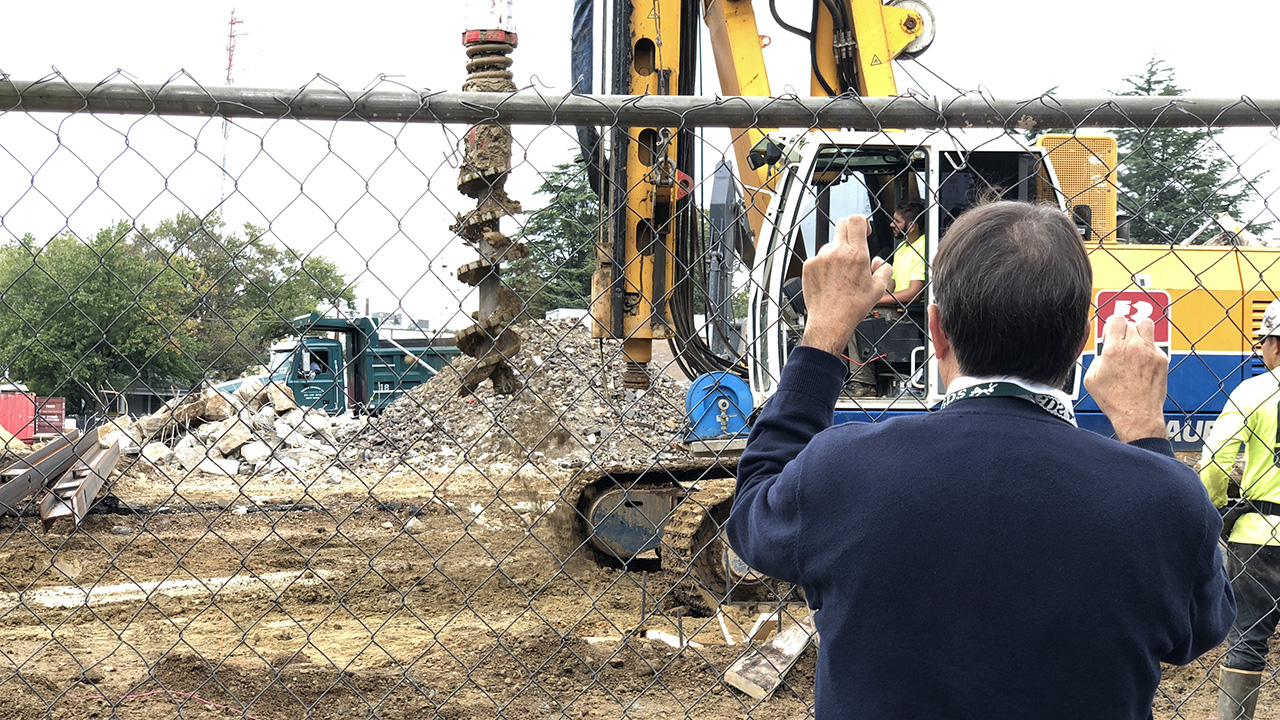For the last week or so, I have had the pleasure of watching, from my High School office, the Safeway coming down. It was pretty clear from the number of gawkers that lined the fence to see the goings-on that a little 4-year-old still resides in most of us. To misquote Robert Frost, “Something there is that doesn’t love a building/That wants it down.”
The clearing away of the Safeway means that this “unification of the School” thing that we have been going on about since we purchased the Safeway and Martens Volvo site is really going to happen. Knocking down a building is fairly straightforward; building a new building, while challenging given the site dimensions, a little trickier.
Buildings come with blueprints, though. School cultures rarely do. Part of the challenge and joy of this project is reflecting on the culture of the school, the ways in which our rituals, traditions, and ceremonies both shape and reflect that culture, and how we can take advantage of the whole school being on a single campus to create new traditions and rituals to weave together this remarkable community.
In considering what remains, what evolves, what goes, or what gets added, we begin with a remembrance of just who we are and what makes this school unique. Every school has its “special sauce,” as a parent described it some years ago. For some schools, it’s the academic program that matters most; the affective domain is secondary and sometimes tertiary when deciding what to prioritize.
Our founding parents were very clear as to the kind of school they wanted:
- By making it a parent-owned school, they made sure that all families knew they were, and needed to be, equally invested.
- By insisting that all children, regardless of their race, their religion, or their family background, should be free to attend school and learn from others, they defied the prevailing climate in Washington, DC and in truth, the country.
- In their common-sense understanding that we all learn more and more deeply when we are learning with and from others who don’t experience the world as we do, they anticipated later research that showed why diverse school communities provide better learning outcomes than those which are more monocultural.
- Finally, they knew that children can only be available for learning when they feel safe, seen, and known.
Many of the rituals, traditions, and ceremonies that were established in those founding years remain. We still call each other by our first names to establish a level playing field. We still have Christmas and Passover celebrations, both established the very first year to underscore that we have a moral obligation to learn about each other’s beliefs and customs. We added Dr. King’s birthday to celebrate his commitment to justice and to renew our own. Twenty years ago or so, we established Pride Week and the Free-to-Be-Assembly to underscore the preciousness and worth of each individual in our community.
Moments of change provide an opportunity to embrace what’s essential and shed what’s not. We once had a Balloon Day, where all the kids and adults were given helium balloons and set them adrift in an always azure sky. It was a glorious sight. As our environmental consciousness expanded, we put a nix to that particular activity.
Halloween may get bigger, high school kids will become mentors to the little ones, maybe we will have houses like Hogwarts (think the Thurgood Marshall House rather than Gryffindor). But each change we make will be an attempt to shine just a little light on who we are and on the traditions that have woven together generations of parents and children in a community that believes in the worth of all children and the need for their stories to be told.


